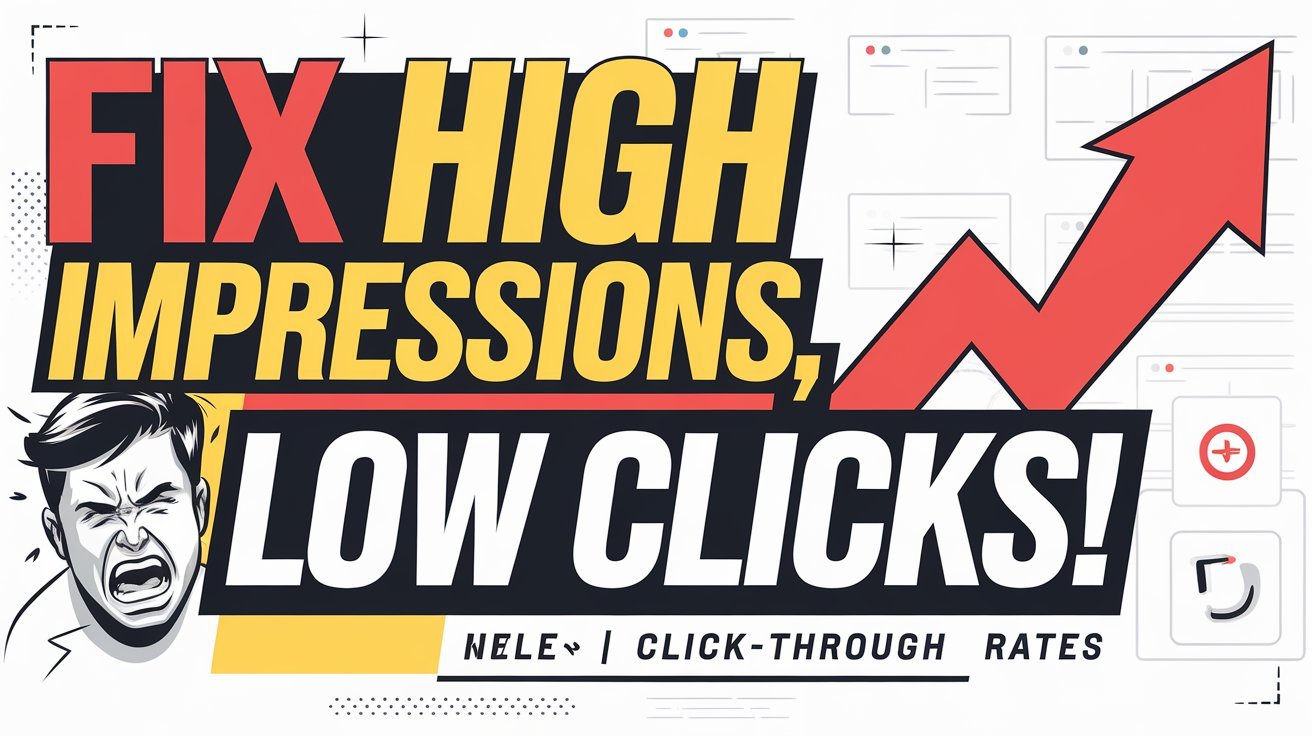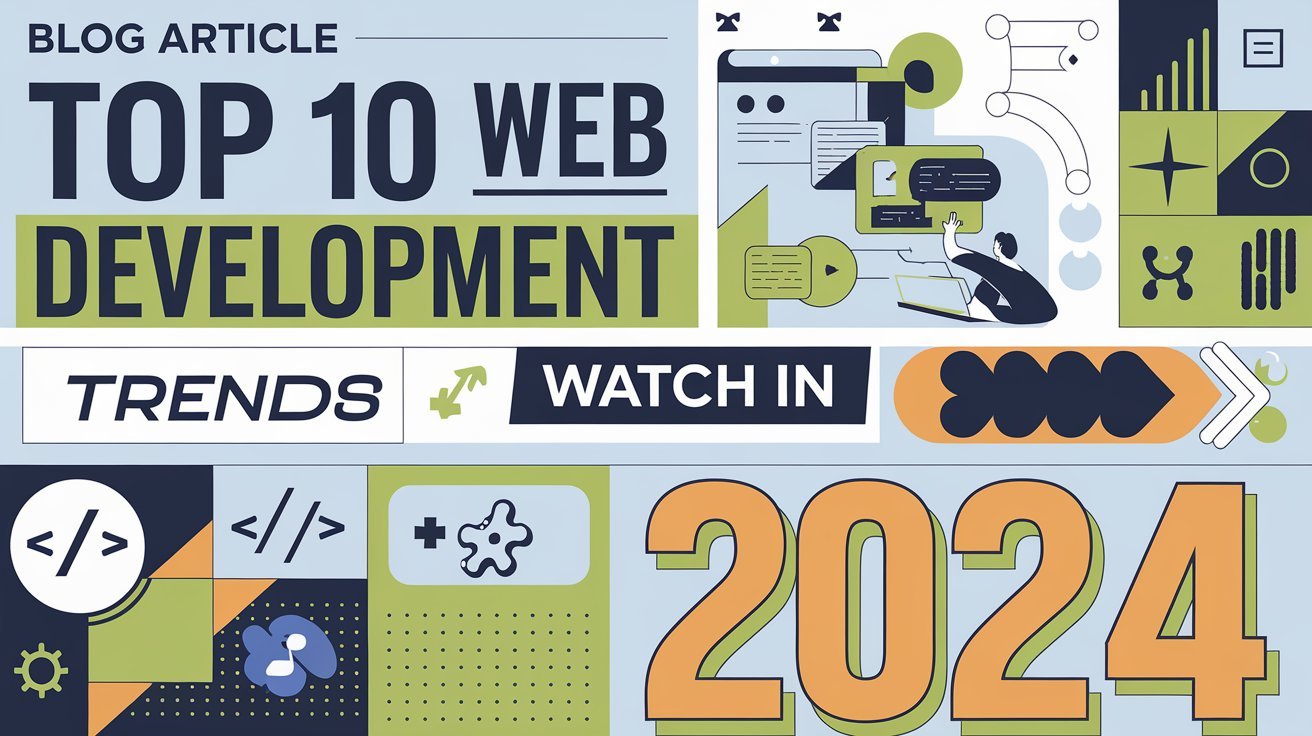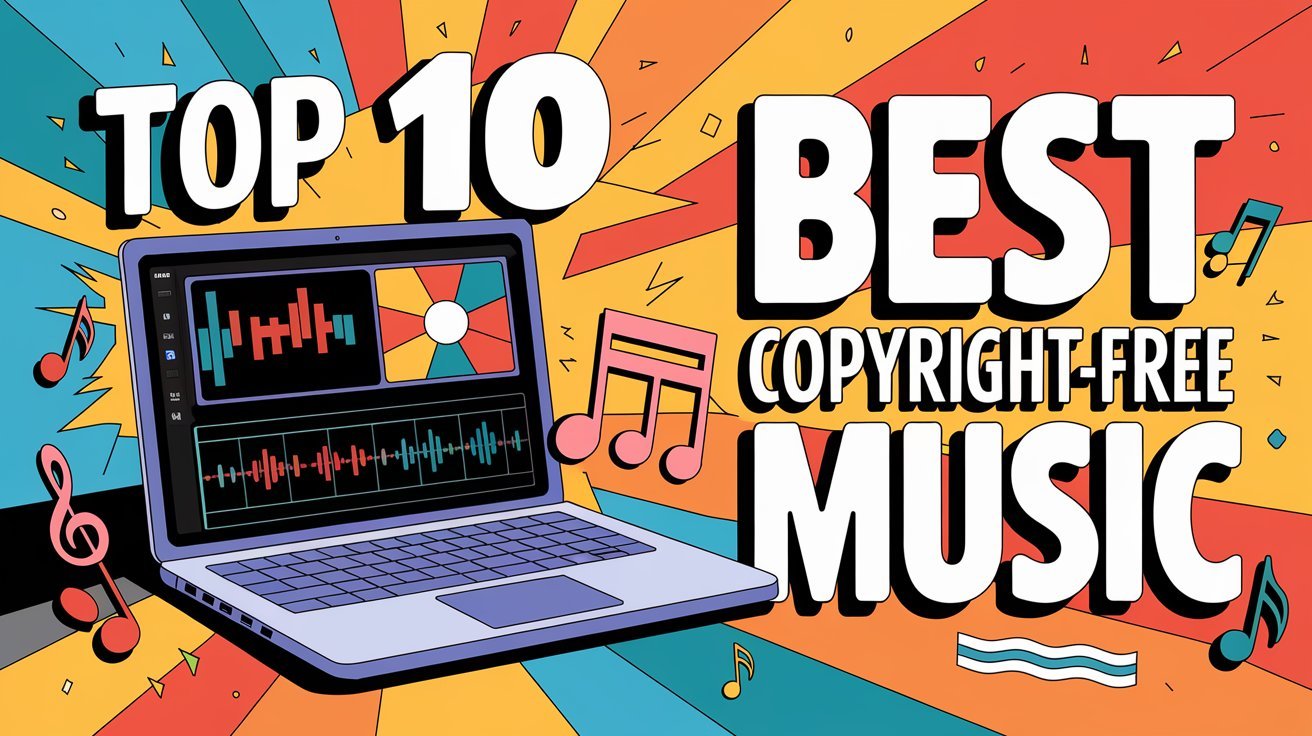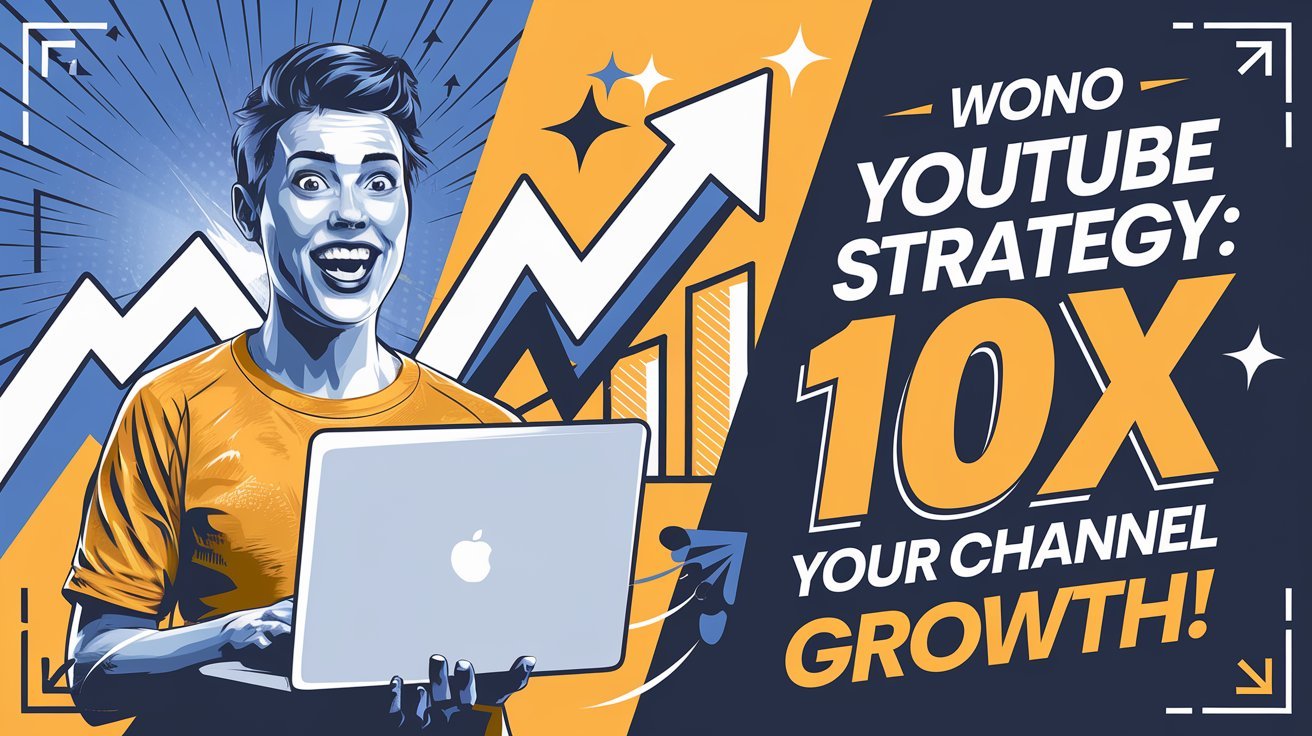If you’re like me, you’ve been in the frustrating position where you’re seeing high impressions but low clicks.
It’s like getting lots of people to glance at your shop window, but no one bothers to step inside.
There are simple tweaks you can make that will not only boost those clicks but could also transform your content into a traffic-driving machine.
I’ll walk you through the most actionable steps I’ve personally used to turn the tide.
1. What Does High Impressions but Low Clicks Mean?
Alright, let’s tackle the elephant in the room. When you have high impressions but low clicks, it means your content is showing up on search results, which is awesome because it shows search engines think your content is relevant.
However, users aren’t clicking on it, meaning something is failing to grab their attention.
In simpler terms: Your content is being seen but not clicked on. And guess what? That means you’re missing out on a ton of potential traffic.
If this sounds like your current situation, keep reading because I’m going to show you exactly how to turn those impressions into clicks.
2. Why Are You Getting High Impressions but Low Clicks?
Before we dive into the solutions, we need to identify why this is happening. Usually, the culprits include:
- Boring headlines that don’t compel users to click
- Meta descriptions that don’t entice curiosity
- Poor alignment between your content and the search intent
- Low-quality thumbnails or images in search results
- Technical issues like slow loading times or mobile unfriendliness
3. Fix 1: Craft Irresistible Headlines
Let’s get one thing clear – your headline is the most important part of your content.
It’s the first thing people see, and if it’s not compelling, they’ll scroll right past it.
I can’t stress enough how important it is to nail your headline.
When I was struggling with high impressions low clicks, I realized that my headlines were just plain vanilla. They lacked emotion, urgency, and curiosity.
Here’s what works:
- Use numbers and lists (e.g., “7 Steps to Fix High Impressions But Low Clicks”)
- Add emotional triggers (e.g., “Why You’re Getting High Impressions But No Clicks – And How to Fix It!”)
- Ask questions (e.g., “Tired of High Impressions but Low Clicks? Here’s What You’re Doing Wrong”)
Use tools like CoSchedule’s Headline Analyzer to test your headlines and make them pop.
4. Fix 2: Optimize Your Meta Descriptions
The meta description is your second chance to hook a user, but more often than not, it gets ignored.
When I optimized my meta descriptions, my click-through rate (CTR) shot up.
Your meta description should tell the reader exactly what they’re getting when they click, and it should sound like something they don’t want to miss.
For example:
Before:
“This article covers tips on impressions and clicks.”
After:
“Struggling with high impressions but low clicks? Discover 7 actionable ways to fix it and boost your traffic now!”
See the difference? One is dull; the other adds urgency and piques interest.
5. Fix 3: Improve Your Content Quality
One thing I learned the hard way – quality matters. If your content isn’t high-quality or relevant, users won’t click, no matter how well it ranks.
So, if you’re getting high impressions but low clicks, ask yourself:
- Is the content answering the user’s query?
- Is it visually appealing with images, bullet points, or easy-to-read paragraphs?
- Are you using simple words and avoiding jargon?
Improving content quality doesn’t just boost clicks – it keeps readers on your page longer, which can improve your SEO as well.
6. Fix 4: Use Eye-Catching Images
Images matter, especially when it comes to clickable elements like Google’s image search or social media posts.
If you’ve ever been guilty of using boring stock photos (guilty as charged!), then it’s time to rethink your strategy.
Use tools like Canva to create eye-catching graphics that stand out in a sea of dull images.
Make sure the images align with your content and add value, rather than just taking up space.
7. Fix 5: Leverage A/B Testing for CTAs
I never used to believe in A/B testing – until I saw it work. Sometimes, the difference between a click and a scroll is as simple as changing the color or wording of your call-to-action (CTA).
Test things like:
- Button color
- CTA placement
- Text (e.g., “Learn More” vs. “Start Now”)
Tools like Google Optimize can help you run these tests with ease. Don’t underestimate how much this can change your high impressions but low clicks problem.
8. Fix 6: Optimize for Mobile Responsiveness
Let’s face it – more people are browsing on mobile than desktop these days. If your site isn’t mobile-friendly, you’re losing out on a lot of potential clicks.
Run your site through Google’s Mobile-Friendly Test to see how it performs. And here’s a pro tip: Use responsive design to ensure your pages look great on any device.
This can be a game changer for boosting clicks.
9. Fix 7: Improve Your Site’s Page Speed
I once had a beautiful site that took forever to load. Guess what happened? I got lots of impressions, but nobody stuck around to click.
Page speed is critical, especially on mobile.
Use tools like Google PageSpeed Insights to identify bottlenecks and fix slow loading times.
Compress images, minimize CSS and JavaScript, and consider moving to a faster hosting service if needed.
10. Wrapping It Up: High Impressions but Low Clicks – Final Thoughts
When it comes to high impressions but low clicks, the solution usually lies in small tweaks that have a huge impact.
Whether it’s improving your headlines, crafting better meta descriptions, or optimizing for mobile users, the steps I’ve outlined above will get you on the path to higher clicks and, ultimately, more traffic.
If there’s one takeaway here, it’s this: Don’t settle for impressions. Convert them into clicks with the right strategy, and watch your site’s traffic and engagement soar.
Check out my other articles below.





